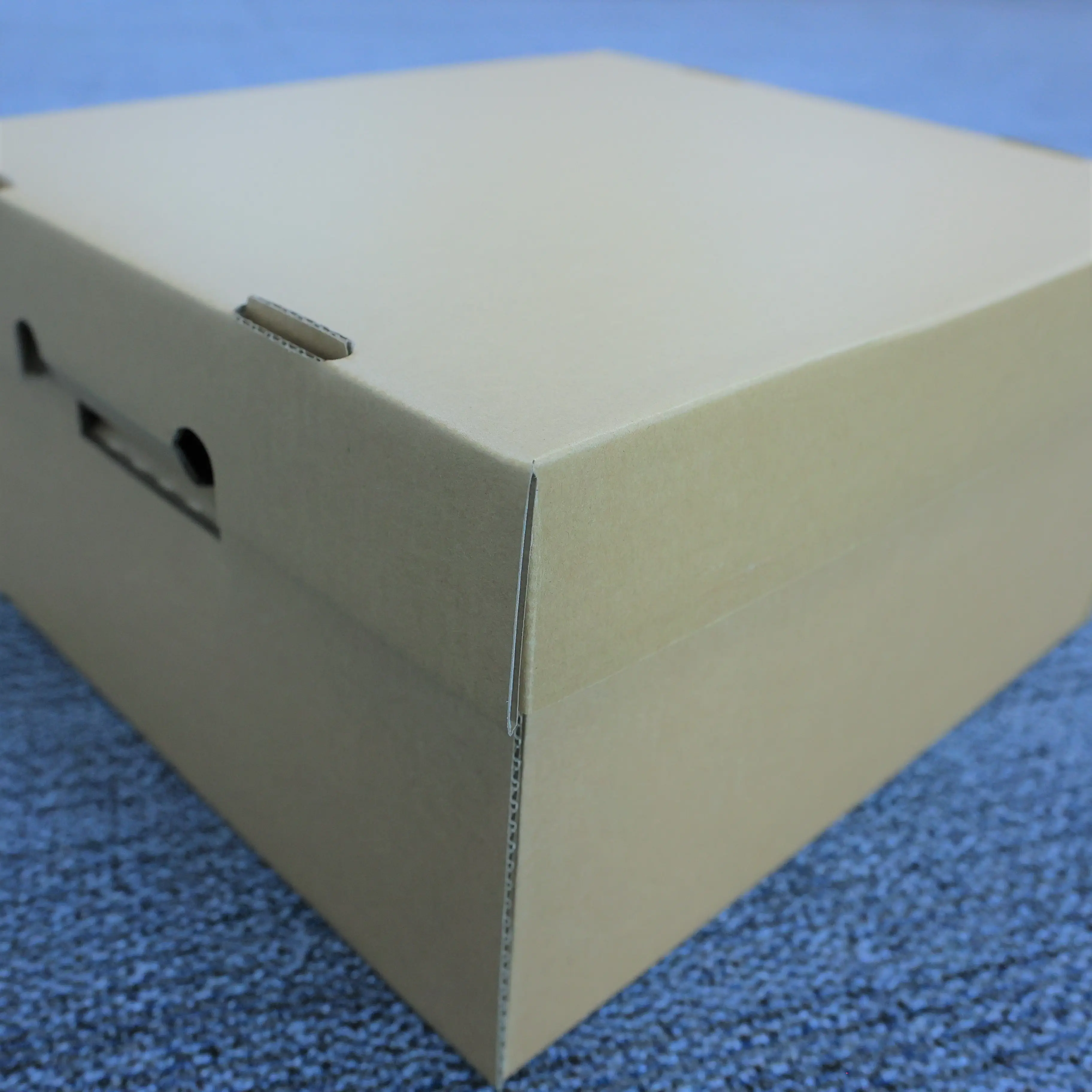Core Materials in Wax Coated Boxes: Structure and Function
Wax coated cardboard and paper: Composition and foundational role
Most wax coated boxes are made from kraft paper around 42 to 49 grams per square meter or recycled cardboard as the main material. When these papers get treated with wax either by impregnation or surface coating, something interesting happens. The wax actually fills in those tiny cellulose fibers creating pretty good moisture barriers but still keeping the boxes recyclable. Looking at industry data from the latest Corrugated Packaging Report released in 2024, about four out of five wax boxes use unbleached linerboard as their base material. This preference makes sense since these papers stick better to paraffin wax mixtures during manufacturing.
Coated corrugated materials: Balancing strength and protection
Corrugated wax boxes are made by combining those fluted medium layers with wax coated liners, giving them good structural strength around 150 to 250 psi when it comes to crushing forces while still keeping liquids out. When we look at double wall versions that use B flute channels, they actually stand up better when stacked compared to regular single wall boxes, especially important when things need to stay cold during transport of fruits and vegetables. The way these layers are put together helps cut down on that annoying warping problem most wax boxes have when exposed to moisture, something that affects about 12 to maybe even 18 percent of standard wax boxes in damp environments.
Properties of wax-coated paper in packaging applications
Key performance metrics include:
- Water resistance: Paraffin-coated paper withstands 3.5 hours of continuous moisture exposure—68% longer than uncoated alternatives
- Grease barrier: Wax films reduce oil penetration by 94% compared to standard packaging paper
- Temperature tolerance: Remains flexible at -20°F and maintains coating integrity up to 130°F
Material selection criteria for performance and cost
Manufacturers prioritize:
- Substrate porosity (8—15 CFM air permeability optimal for wax absorption)
- Wax-to-fiber ratio (a 1:4 paraffin-to-paper balance minimizes costs without compromising barrier performance)
-
End-use conditions (Food-grade applications require FDA-compliant coating formulas)
A cost analysis shows wax-coated corrugated boxes deliver 21% lower total ownership costs than plastic alternatives over a 5-year lifecycle.
Types of Wax Coatings: Paraffin, Beeswax, Carnauba, and Soy Wax
Overview of Wax Types Used in Paper Coating and Their Characteristics
When it comes to wax coatings for those waxed cardboard boxes, there are four main types typically used: paraffin, beeswax, carnauba, and soy wax. Paraffin comes from petroleum and gives decent protection against moisture at around 130 to 160 degrees Fahrenheit, which works well enough for everyday packaging needs. Beeswax has some natural antibacterial qualities too, plus it melts between 144 and 147 degrees. The downside? It doesn't scale very well for mass production, so prices tend to climb. Then there's carnauba wax, harvested from palm leaves, that's really hard stuff. It stays solid until about 180 to 185 degrees, making it great for situations where heat exposure is a concern. Lastly we have soy wax, basically what remains after hydrogenating soybean oil. What makes this one stand out is that it breaks down naturally and leaves behind fewer carbon emissions compared to other options.
Beeswax and Paraffin Wax: Natural Appeal vs. Industrial Scalability
Eco friendly companies really like beeswax because it comes from nature and is approved by the FDA for touching food stuffs. That said most businesses still go with paraffin wax as their main option since it covers around 78 percent of all dry goods being shipped out there on the market place while costing about 40 percent less in materials. The catch here though is that when these wax coated boxes end up in landfills, those made with beeswax break down twelve times quicker than regular ones. But wait! There's another side to this coin too. Beeswax needs three times the amount needed for paraffin just to cover the same surface area, which makes those nice even coatings possible but adds to the overall expense.
Carnauba and Soy Wax: Sustainable Alternatives Gaining Traction
The packaging industry is turning to carnauba and soy waxes as greener alternatives these days. Take carnauba wax for instance, which scores around 92% on the ASTM D-36 hardness test. That's actually about 34% harder than regular paraffin wax, which makes it really important for keeping things like frozen seafood and tropical fruits protected during shipping. Now soy wax isn't quite as hard, but what it lacks in rigidity it makes up for in environmental friendliness. These soy coatings break down naturally within 12 to 24 months, whereas traditional paraffin wax can stick around in landfills for over 50 years. Recent studies from 2023 showed that boxes coated with soy wax cut down carbon dioxide emissions by nearly 30% when compared to those using petroleum based products. This kind of performance is helping drive their popularity especially among suppliers working within USDA certified organic supply chains looking to cut their environmental impact.
Moisture and Grease Resistance: Performance Benefits of Wax Coating
Why Moisture and Grease Resistance Matter in Packaging
Moisture and grease resistance are critical to product integrity. Uncoated packaging can absorb up to 12% moisture in humid environments, accelerating spoilage of perishable goods like fresh produce or baked items by 30—40%. Grease penetration also compromises both appearance and structural strength, especially in fatty food packaging.
How Wax Enhances Barrier Properties in Coated Cardboard Boxes
Boxes with wax coatings actually work by combining regular cellulose fibers with a special kind of water-repelling wax layer, creating what we call a double protection system. Tests show paraffin coatings cut down moisture loss by around 94 percent when compared to regular boxes without any coating. The soy based options are pretty good too, stopping oil from getting through even when things get warm, like up to about 120 degrees Fahrenheit in most cases. What makes these coatings so effective is how they stop something called "wicking," which basically means liquid moving through tiny holes in paper products like it's being sucked up through straws. Packaging companies really care about this because nobody wants their contents getting soggy or oily during transport.
Durability of Wax-Coated Boxes Under Humid or Wet Conditions
Testing shows wax-coated cardboard retains 92% of its compression strength after 72 hours in 90% relative humidity, outperforming polyethylene-laminated alternatives by 18%. The wax layer inhibits fiber swelling, a common failure point when standard boxes are exposed to condensation during refrigerated transport.
Case Study: Wax Coated Boxes in Fresh Food Transportation
A Midwest produce distributor reduced shipment losses by 37% after switching to wax-coated boxes for leafy greens. The boxes resisted repeated exposure to ice melt during 48-hour shipments and prevented chlorophyll degradation caused by direct moisture contact.
| Property | Wax-Coated Boxes | Untreated Cardboard |
|---|---|---|
| Water Resistance (24h) | 98% retained | 63% retained |
| Grease Barrier | No penetration | Full penetration |
| Humidity Tolerance | 95% RH | 75% RH |
Wax Application Techniques: Methods and Impact on Quality
Common Wax Application Methods: Curtain Coating, Cascading, and Impregnation
There are basically three ways manufacturers apply wax to create protective qualities in boxes. The first method is called curtain coating where hot wax gets spread out like a curtain over cardboard surfaces. This creates pretty even layers that stand up well against both moisture and grease problems. Another approach is cascading, which actually puts down much thicker wax coatings by pouring the stuff over stacks of vertical sheets. This technique works best when we need really tough packaging solutions. Then there's impregnation, probably the most interesting one technically speaking. With this method, liquid wax soaks into the corrugated fibers themselves, going about 40 to 60 percent deeper than what surface coatings can manage. What makes this particularly valuable is how it strengthens box structures when they're exposed to damp environments, something many warehouse operations deal with daily.
Surface Coating vs. Wax Impregnation: Process Differences and Outcomes
Surface-applied wax forms a 0.1—0.3 mm external barrier, offering cost efficiency and protection against moderate spills. Impregnation increases material costs by 12—18% but extends box lifespan by reinforcing fiber bonds. A 2023 materials science study showed impregnated layers maintained 84% more structural integrity than surface coatings after 72 hours of water exposure.
Achieving Uniformity and Precision in Wax Layer Application
Getting consistent wax application means keeping temperatures really stable, within about plus or minus 2 degrees Celsius, and watching how thick the wax gets automatically. These days, laser guided applicators can spread wax so evenly that thickness differences stay below 5% throughout entire production batches. That's way better than old school methods which typically varied between 15 to 20%. The latest drying tunnels are also making big improvements. They come with smart airflow systems powered by artificial intelligence that cut down on curing time inconsistencies by around 40%. This not only makes coatings look better but also speeds things up overall, which matters a lot when trying to keep production lines running smoothly.
Sustainability and Safety: Eco-Friendly Options and Compliance in Food Packaging
Eco-friendly wax options: Meeting demand for biodegradable packaging
Over 60% of consumers prioritize sustainable packaging, driving growth in biodegradable wax coatings for wax coated boxes. Plant-based solutions like carnauba and soy wax now represent 32% of food-grade packaging applications, offering moisture resistance comparable to paraffin while reducing microplastic contamination risks.
Soy and beeswax in sustainable wax coated boxes: Renewable advantages
Soy wax has a carbon footprint 58% lower than petroleum-based alternatives, according to the Renewable Materials Association (2023). Beeswax-coated boxes provide natural antimicrobial benefits important for fresh produce, along with full compostability in industrial facilities.
Green claims vs. reality: Assessing the biodegradability of wax coatings
While 78% of wax-coated packaging carries eco-labels, only 41% meets ASTM D6400 compostability standards. True biodegradability depends on specific conditions—soy wax breaks down within 12 weeks in commercial composting, but takes over two years in landfill environments.
Food safety compliance: Regulatory standards for wax coated packaging
All food-contact wax coated boxes must comply with FDA 21 CFR Part 176.170, ensuring chemical inertness and thermal stability. The FSC certification process verifies responsible paper sourcing, with certified materials showing 30% lower heavy metal content than non-certified alternatives.
Table of Contents
- Core Materials in Wax Coated Boxes: Structure and Function
- Types of Wax Coatings: Paraffin, Beeswax, Carnauba, and Soy Wax
- Moisture and Grease Resistance: Performance Benefits of Wax Coating
- Wax Application Techniques: Methods and Impact on Quality
- Sustainability and Safety: Eco-Friendly Options and Compliance in Food Packaging


